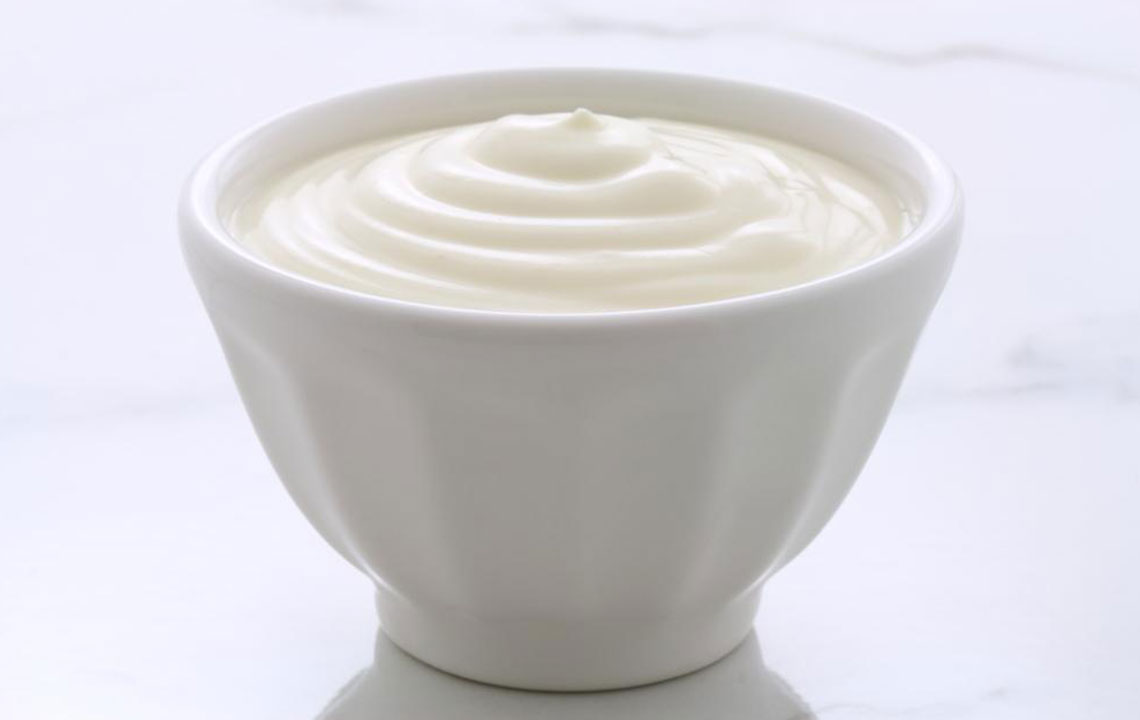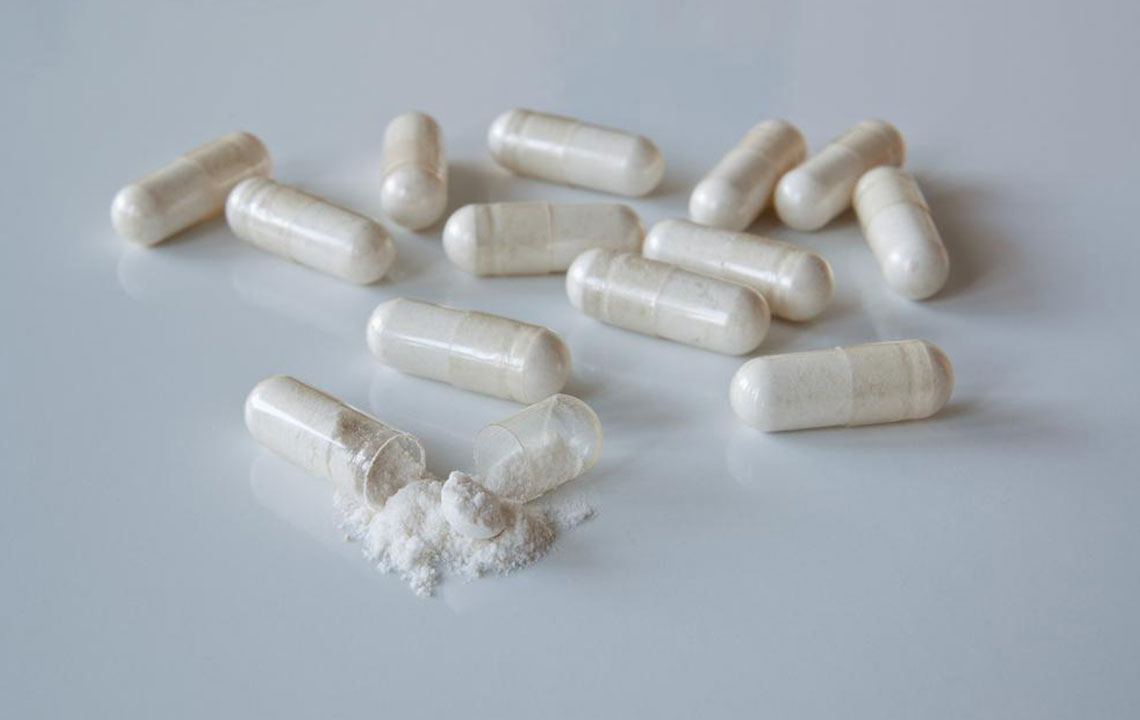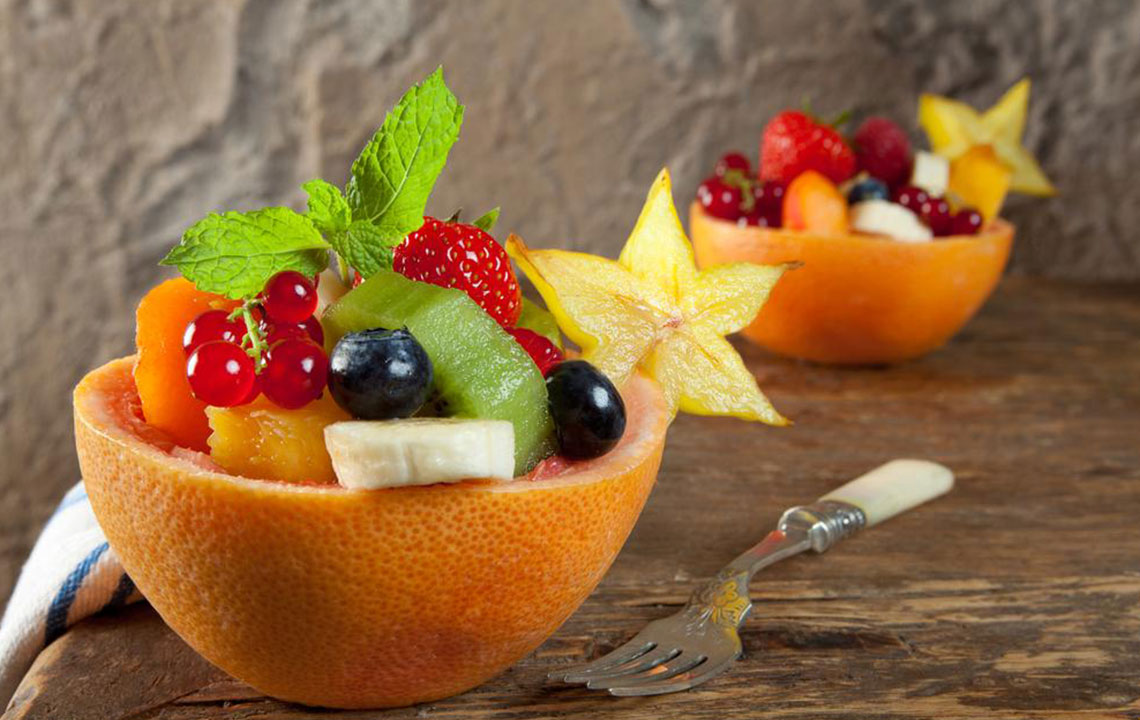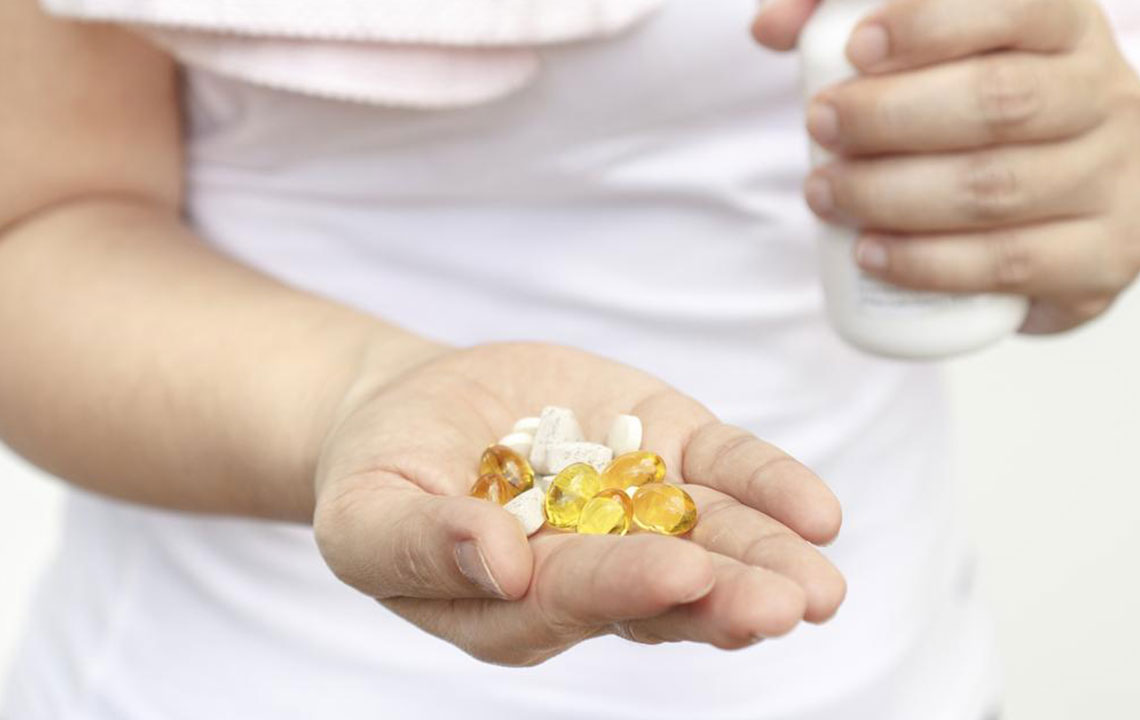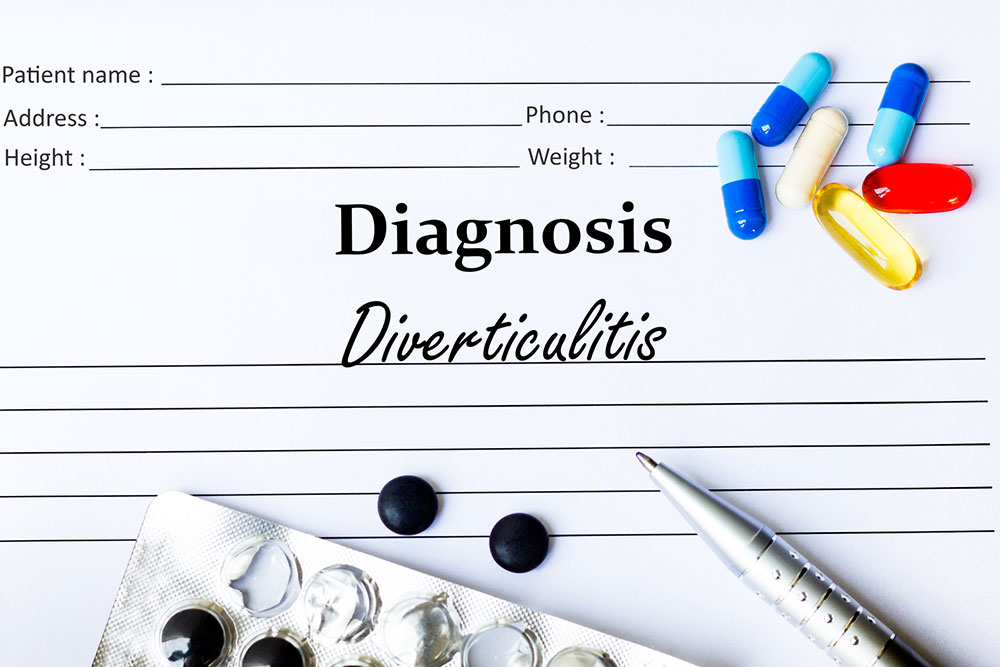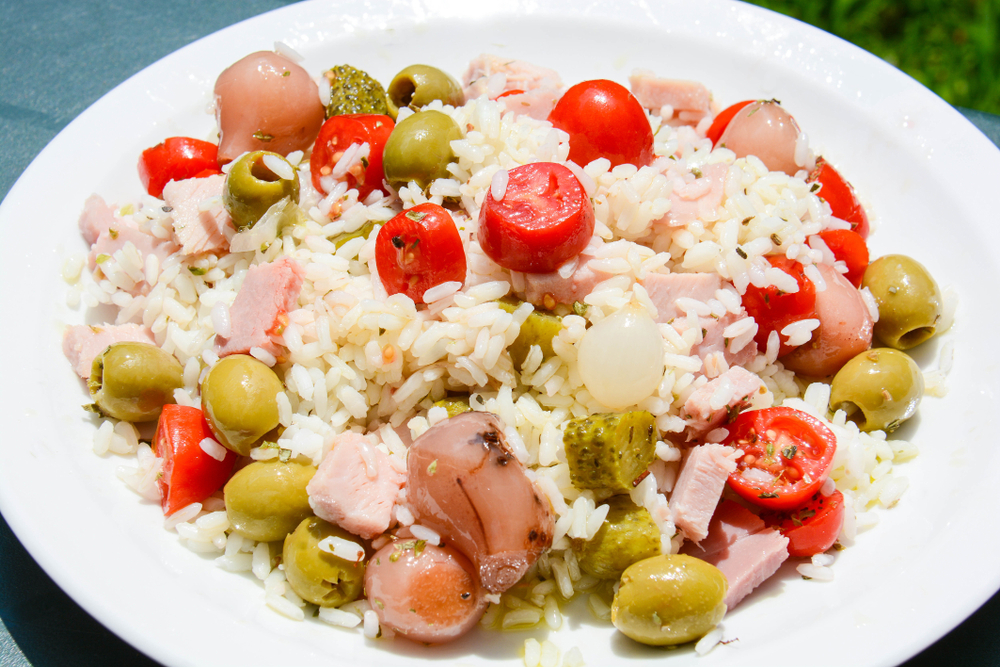Ultimate Guide to Managing Your Diet for Diverticulitis Relief and Prevention
This comprehensive guide delves into effective dietary strategies for managing diverticulitis, emphasizing the importance of high-fiber foods, proper nutrition, and lifestyle modifications. Learn how to prevent flare-ups and support gut health with expert tips on diet transitions, foods to avoid, and natural remedies. Maintaining a balanced diet tailored to your condition can lead to better health outcomes and improved quality of life.
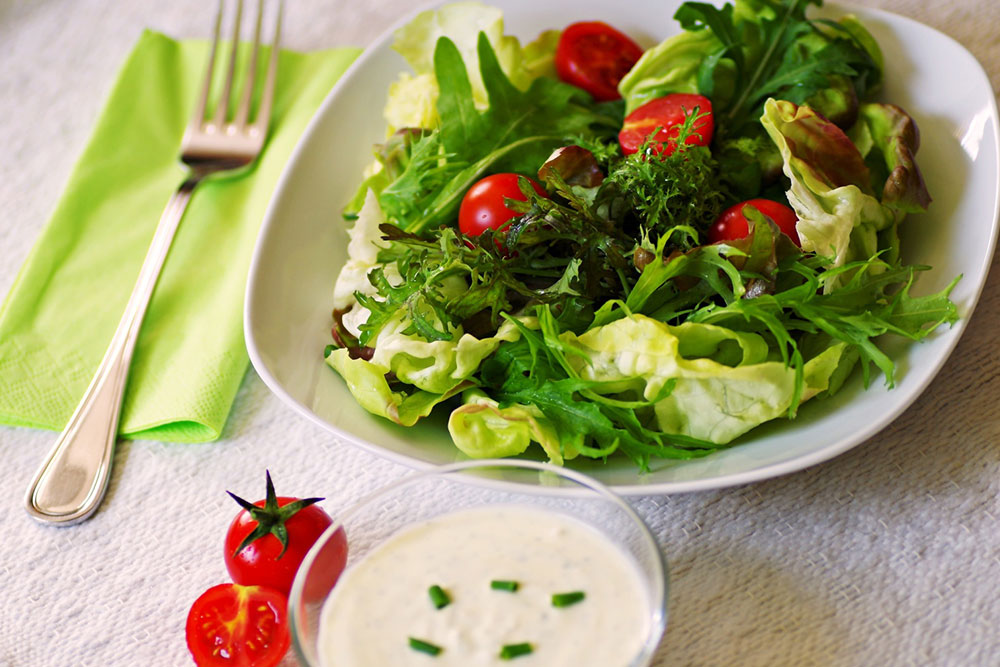
Comprehensive Dietary Strategies for Diverticulitis Care
In recent years, the rise in digestive health issues has emphasized the importance of proper nutrition and diet management for maintaining optimal gut health. One condition that has gained increasing attention is diverticulitis, a gastrointestinal disorder characterized by the inflammation of pouches called diverticula that develop in the wall of the colon. This condition predominantly affects adults between the ages of 30 and 50 but can occur at any age. Effective management of diverticulitis hinges not only on medical treatment but also on adopting specific dietary habits that promote healing and prevent future episodes.
Understanding the nature of diverticulitis is crucial for patients and caregivers alike. It begins with recognizing early symptoms such as persistent abdominal pain, changes in bowel habits including constipation or diarrhea, blood in the stool, nausea, and fever in severe cases. Early diagnosis and intervention can significantly reduce complications, including perforation or abscess formation.
The role of diet in managing diverticulitis cannot be overstated. A fiber-rich diet is fundamental because fiber helps to soften stool, promote regular bowel movements, and reduce pressure within the colon, thereby preventing the formation of diverticula. Contrary to some misconceptions, high-fiber foods are generally safe and beneficial for individuals with diverticulitis, especially when they are not in an active flare-up phase. However, during acute episodes, a temporary transition to a low-fiber or liquid diet is recommended to reduce bowel irritation and allow the colon to rest.
Once symptoms subside, gradually reintroducing fiber is essential. Aim for about 25 to 30 grams of fiber per day, which can be sourced from a variety of whole foods such as fresh vegetables, fruits, nuts, seeds, and legumes. Incorporating whole grains like oats, brown rice, and whole wheat bread can also contribute significantly to daily fiber intake. It is generally preferable to obtain nutrients from natural food sources instead of supplements, as whole foods contain additional beneficial nutrients that aid in overall gut health.
During flares or acute episodes, dietary modifications are necessary. A typical low-fiber diet includes clear broths, gelatin, strained vegetable juices, and electrolyte solutions. This phase can last from a few days to two weeks, depending on symptom severity. As recovery progresses, gradual reintroduction to soft, cooked foods such as smoothies, mashed vegetables, eggs, and tender meats becomes feasible. Over time, dietary diversity should be restored to include more fiber-rich foods to maintain gut health and prevent recurrences.
In addition to fiber, maintaining adequate vitamin D levels has been associated with improved gut function and reduced inflammation. Vitamin D can be obtained through sensible sun exposure or supplements after consulting with a healthcare provider. Hydration is equally vital; drinking plenty of water helps fiber do its job effectively and prevents constipation.
There are specific foods that are advisable to avoid to prevent exacerbating diverticulitis symptoms. These include nuts, seeds, raw vegetables with hard or tiny seeds like strawberries, watermelon, and tomatoes, and high-fat processed foods. While some individuals might tolerate certain foods better than others, it is crucial to listen to your body and work with a healthcare professional to develop a personalized diet plan.
Lean proteins such as skinless chicken, turkey, and fish should be included in your diet after proper cooking to support tissue repair and overall health. Limiting processed foods, refined sugars, and excessive red meat consumption can further help reduce inflammation and maintain healthy gut flora.
In summary, managing diverticulitis effectively relies on a combination of medical guidance and nutritional discipline. Adopting a high-fiber diet during remission periods, avoiding trigger foods during flare-ups, and ensuring adequate hydration and vitamin D intake can significantly improve quality of life and prevent recurrent episodes. Always consult your healthcare provider or a registered dietitian for personalized recommendations tailored to your specific condition.
